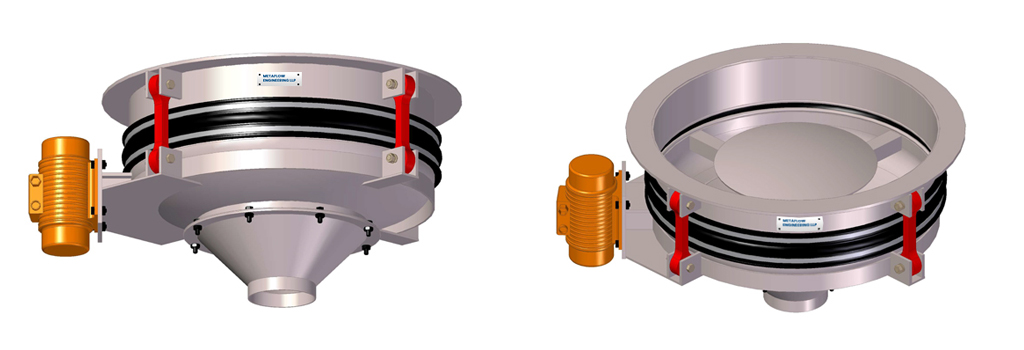Where Would You Recommend Using a Bin Activator?
A bin activator is a specific kind of bin discharger that shakes up materials sitting in a hopper or bin for too long. For instance, product loss or leaks can occur when powdery or granular materials create arcs and bridges, preventing them from flowing uniformly. Vibration is used in bin activators to rouse the contents and encourage movement. They can be set up independently at the bottom of a silo, bin, or hopper. A Vibrating feeder cone receives the material and consistently releases the powder into the next process stage.

Bin Activators: When to Use Them
- If your bulk product is sticky or doesn't respond well to compassion, you shouldn't use a vibrating bin activator. Furthermore, while bin activators are the most cost-effective technology for low discharge rates, their cost-effectiveness decreases as discharge rates increase.
- In addition to the container, the bin activator will shake any attached equipment. If your bin or hopper needs to be better made and maintained, this could cause structural damage.
- To maximize a bin activator's effectiveness, it must be set up, considering the downstream machinery. Decide if you want the vibration to be steady or cycle on and off before ordering a bin activator.
- Please don't hesitate to contact the friendly engineers at Wrights Dowson Group. To ensure that your bin activators meet your precise production requirements, we can assist you in determining their specific parameters.
Functions of a Bin Activator:
The engineering and manufacturing staff of Polimak offer a wide variety of bin activators, all made in factories and boast some novel design elements. Key features of the apparatus's design include the following:
Confetti Dish
A baffle plate with a tapered, conical profile is at the exact middle of the bin's activator's diameter. The baffle is securely fastened to the machine's frame with structural steel components. Applying vibrations directly to the bulk material helps the equipment upstream move the material more efficiently. By acting as a wedge beneath the bulk material, a secondary deflector plate eases the load on the bin activator's lower half and propels it around the areas adjacent to the cone's surface.
Polymer suspensions and seals that were engineered:
A vibrating bin discharger is connected to the equipment mounted above it using special spring suspension links and a designed polymer seal. The leaking of the dry bulk material can be avoided if the polyurethane seal is properly designed and installed. Additionally, longevity and tolerance to extreme stress are assured. Vibrations from motors, changes in pressure, etc., all contribute to this strain.
Flange:
A silo's cone must be shorter than typical to accommodate a bin activator. Because of this, the outlet is very spacious. A flange is welded to the silo outlet (just above the outlet) and the bin activator at the factory. When being attached to the silo, the Vibrating screen bin discharger is bolted to the flange.

Conclusion:
The cone-shaped bin activator relies on the principle of convergence to perform its function. When discharging from a bin into a feeder, container, or other downstream devices, the solid bulk material passes via an inlet with a greater diameter. It exits the chest through an outlet with a smaller diameter.